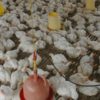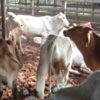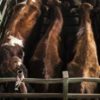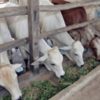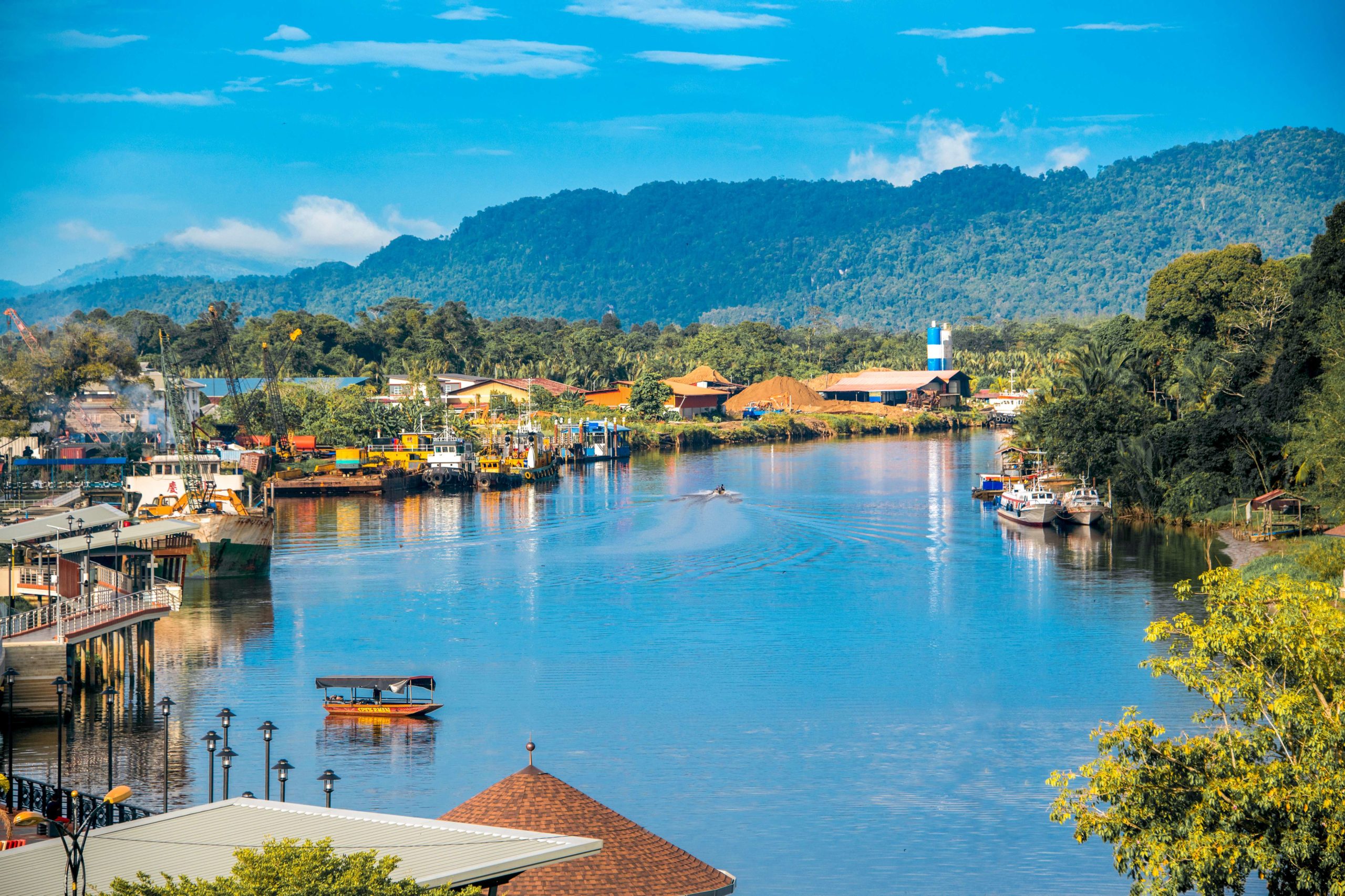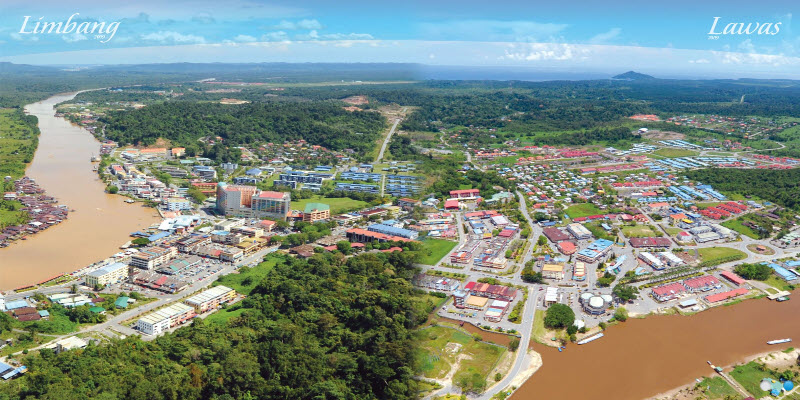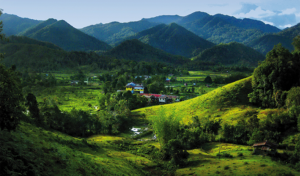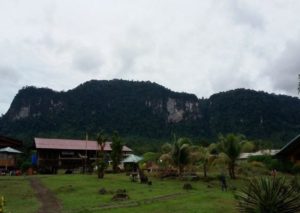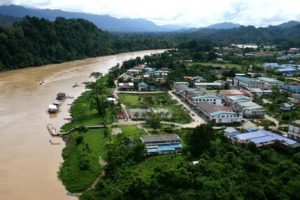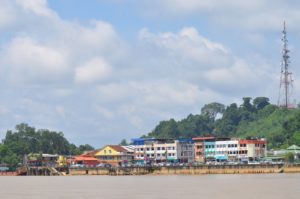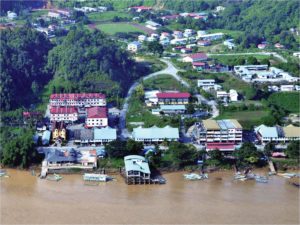Livestock Industry
Livestock Industry
The SCORE livestock strategy focuses on poultry, where rising demand offers great opportunities for investors.
Rising incomes, growing populations and increasing industrialisation are worldwide trends that will contributed to increased food prices over the next ten years. Evidence from around the world shows that as people get richer and more of them live in towns, diets change and consumers eat more meat.
For the producer, higher meat prices and lower feed costs will lead to wider margins and create new and profitable opportunities, particularly in places like Sarawak, where the infrastructure and investment incentives are available to get new projects off to a flying start.
Thailand has long been established as ASEAN’s largest poultry exporter, while China, Indonesia and Japan are the biggest consumer markets.
Sarawak’s existing livestock industry is relatively small, but it offers great growth potential, both for smallholders in rural communities and for investors seeking to create large-scale commercial farms.
There are plans within SCORE to exploit specific local conditions by integrating livestock farming with oil palm plantations, as the grasses that grow naturally between the palms can provide excellent grazing, with nutrient counts as high as commercially grown feed grasses.
Meat consumption is closely correlated with urbanisation and economic development, and the long-term outlook for prices is good, with demand expected to grow by a steady 5% a year, as increasing prosperity prompts consumers to change their preferences and consume more animal protein and less starch.
For the industry, higher meat prices will combine with continuing falls in feed costs to increase profitability and support investment in ever more efficient farming methods.
Poultry will continue to be the fastest-growing sector of the global meat market, with the potential for particularly rapid expansion in countries where religious or cultural traditions rule out consumption of pork or beef.
Sarawak is keen to encourage private sector involvement in the development of both upstream and downstream elements of the livestock industry. Alongside its excellent transport links, low utility costs and proximity to Asia’s key markets, the exceptional tax breaks and other financial incentives available to investors in SCORE make it an exceptionally attractive location for livestock specialists.
The SCORE strategy aims to promote rapid development of the livestock industry, with the main focus on poultry. Specific emphasis will be placed on attracting investment in the production of day-old chicks, the creation of industrial-scale broiler farms and the establishment of slaughterhouse facilities.
Investors will receive advice and assistance from RECODA and other agencies to help them achieve continuous improvements in scale, efficiency and production systems technology.
A key element of the strategy is to develop the Mukah region as a major centre for livestock production and downstream processing.
Investors considering commercial farming projects can also benefit from advice and guidance from the Sarawak Economic Development Corporation (SEDC), which has a great deal of experience and expertise in the livestock sector.
SEDC, which already owns two cattle farms in Australia, plans to introduce a science-based breeding programme that will quickly reduce the state’s reliance on animals imported from abroad.
The livestock industry, with its focus on poultry, has the potential to create 15,000 jobs by 2030 and contribute USD 430 million to Malaysia’s GDP. It will be a key factor in the economic development of the Mukah region, with investments in poultry production and downstream processing more than offsetting a general reduction in pig farming in Sarawak.
The emergence of Tanjung Manis as a world-leading Halal Hub will provide particularly interesting opportunities for meat producers, giving them the chance to sell quality-assured halal products to Muslims in markets in Southeast Asia and around the globe. A recent study by America’s Pew Research Center points out that 62% of the world’s 1.6 billion Muslims now live in the Asia-Pacific region.


